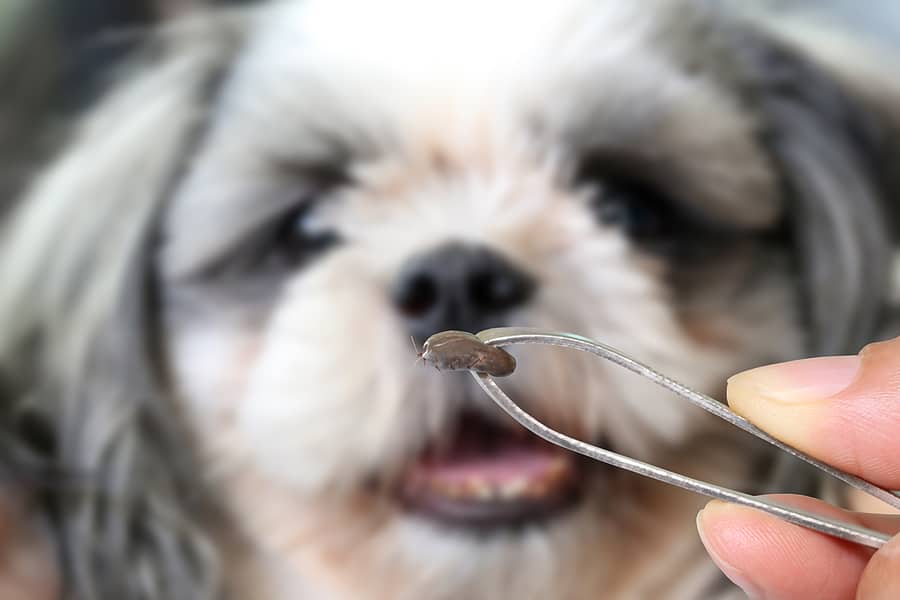READY TO GET STARTED?
REQUEST A FREE ESTIMATE
Fill out the form below or call (888) 466-7849 for a free, no-obligation estimate.

While we soak up the last of the summer weather, many of us are hiking mountains, exploring parks, or just enjoying our backyard. While these activities are great for the whole family, there is a chance of being exposed to fleas and ticks. These pests are extremely small, making them hard to spot and dangerous if not treated in enough time. We break down the difference between these two pests and how you can prevent their bites.
Ticks
Ticks are about 1/8 of an inch and can be a wide range of colors, often dark. These insects usually live in low-lying areas such as grass, shrubs, and bushes. To survive, they need blood and will often feed on humans, squirrels, raccoons, birds, dogs, and more. Their bites can cause irritation or even an allergic reaction. Their mouthparts will even remain on the host’s skin.
These pests can be dangerous as they will transmit diseases such as Lyme disease, anaplasmosis, and babesiosis.
Fleas
Dark reddish-brown in color, fleas are also only 1/8 of an inch long. These pests are found in various environments, but they prefer and are most active in warm, humid temperatures. Like ticks, fleas feed on a host for blood, including humans, but would prefer to feed on hairy animals such as dogs, cats, rats, opossums, and more. Fleas can be tough to spot as they move from host to host very quickly.
If bitten, they can cause small, red, itchy spots on the skin. If the spot is scratched too many times, it can begin to bleed.
Preventing both fleas and ticks from biting you can seem daunting since they can be hard to find, but it’s all about taking precautions before you head out on your next adventure! Here are a couple of easy things to do to prevent fleas and ticks from biting you and your family: